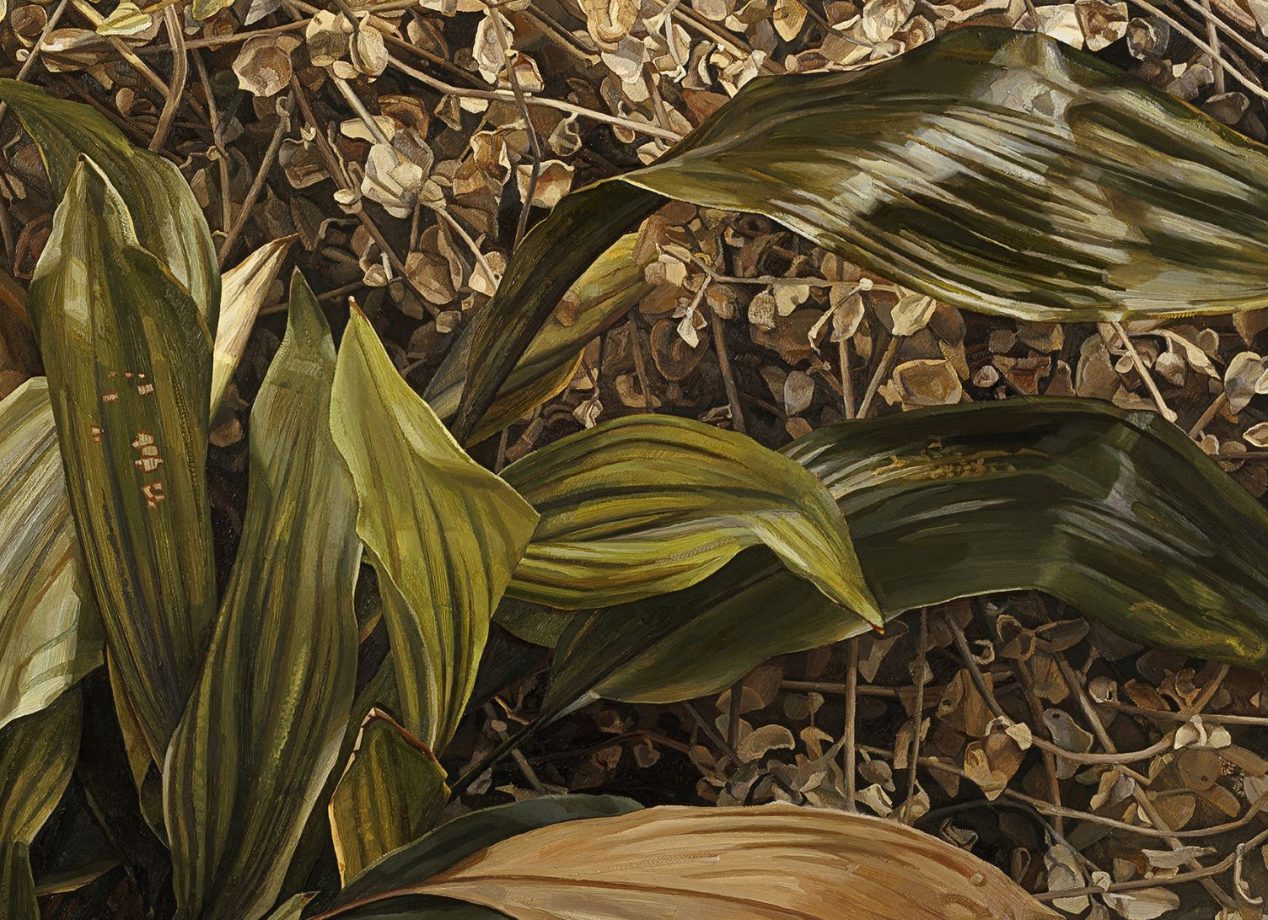Discover a selection of Lucian Freud’s rarely and never-before-seen paintings and etchings of plants and gardens at the Garden Museum during the artist’s 100th anniversary.
Lucian Freud may be the undisputed master of the modern nude, but did you know he was also a prolific painter of plants? Art historian, Sotheby’s Institute of Art Online faculty member, and author of Lucian Freud Herbarium, Giovanni Aloi, has curated the first exhibition of these plant portraits, Lucian Freud: Plant Portraits. The exhibition on display through March 5, 2023 at Garden Museum in London, consists of a selection of Freud’s rarely and never-before-seen paintings and etchings of potted plants and gardens.
In Freud’s work, yellowed leaves, blemishes, and tears are celebrated — distinctive traits of the unique identity of an individual plant. Lucian Freud: Plant Portraits emphasizes the importance of the domestic space as an opportunity to rethink our relationships with plants and the roles they play in our everyday lives. Although Freud was not a gardener, he had a unique relationship with plants, from rarely-seen drawings from his childhood in Berlin to his garden in Notting Hill, and the straggly potted plants that followed him from home to home throughout his life.
Through his paintings, Freud was not only able to capture the beauty and essence of plants, but he was also able to express stories of plant and human resilience. On display at Lucian Freud: Plant Portraits is Two Plants, a portrait that was crafted by Freud over the course of three years during which he was able to meticulously detail the growth, transformation and death of an aspidistra and liquorice plant. Also included in this exhibit is Waste Ground, a painting created in Freud’s Paddington studio in 1970. The painting captures a scene behind an apartment building in Paddington, an area that at the time was home to many artists, and touches on themes like impermanence and resilience.
Lucian Freud: Plant Portraits explores Freud’s talent in capturing the elusive essence of plants while bringing to them the same vitality as he did for his human subjects, and how painting plants was crucial in informing his understanding of the nude. Through this exhibition, viewers will also explore when, and why, he chose to paint plants instead of people.
Find out more about Lucian Freud: Plant Portraits, here.
